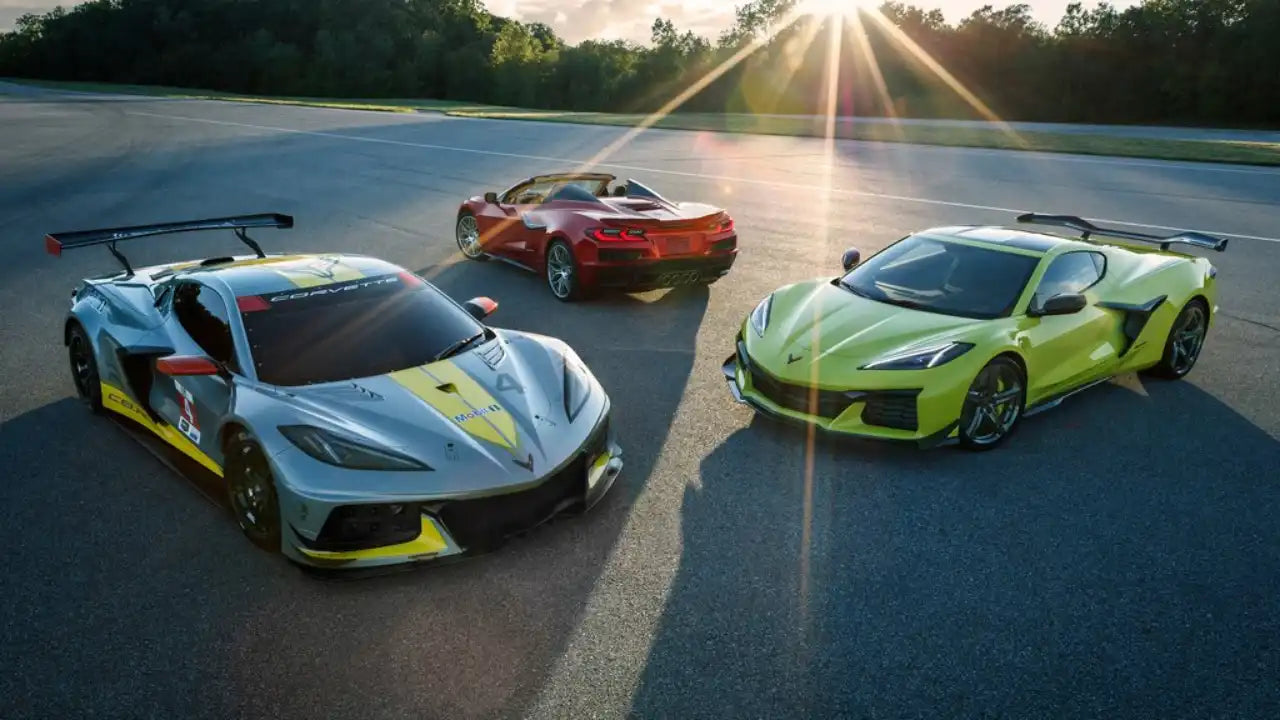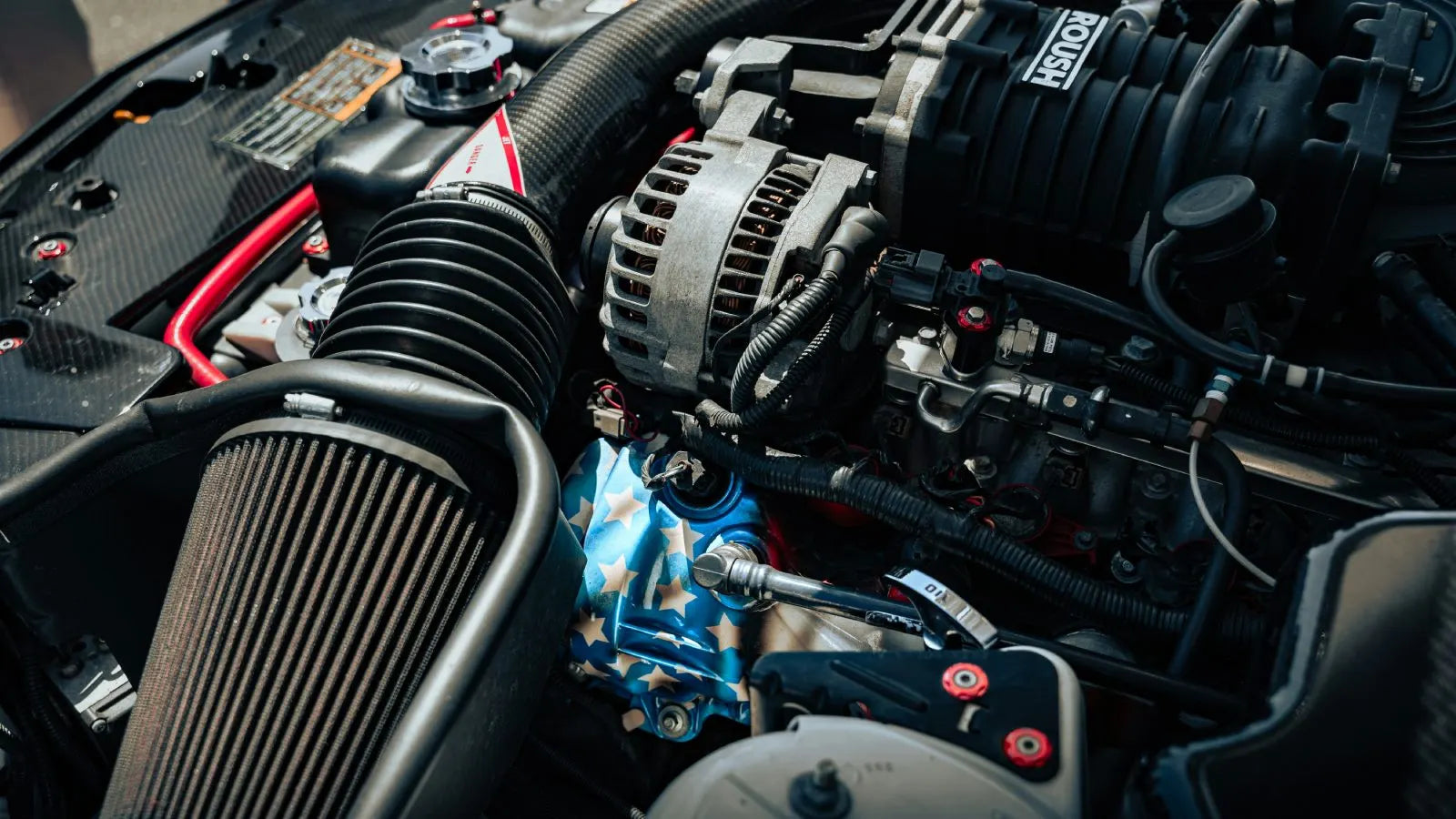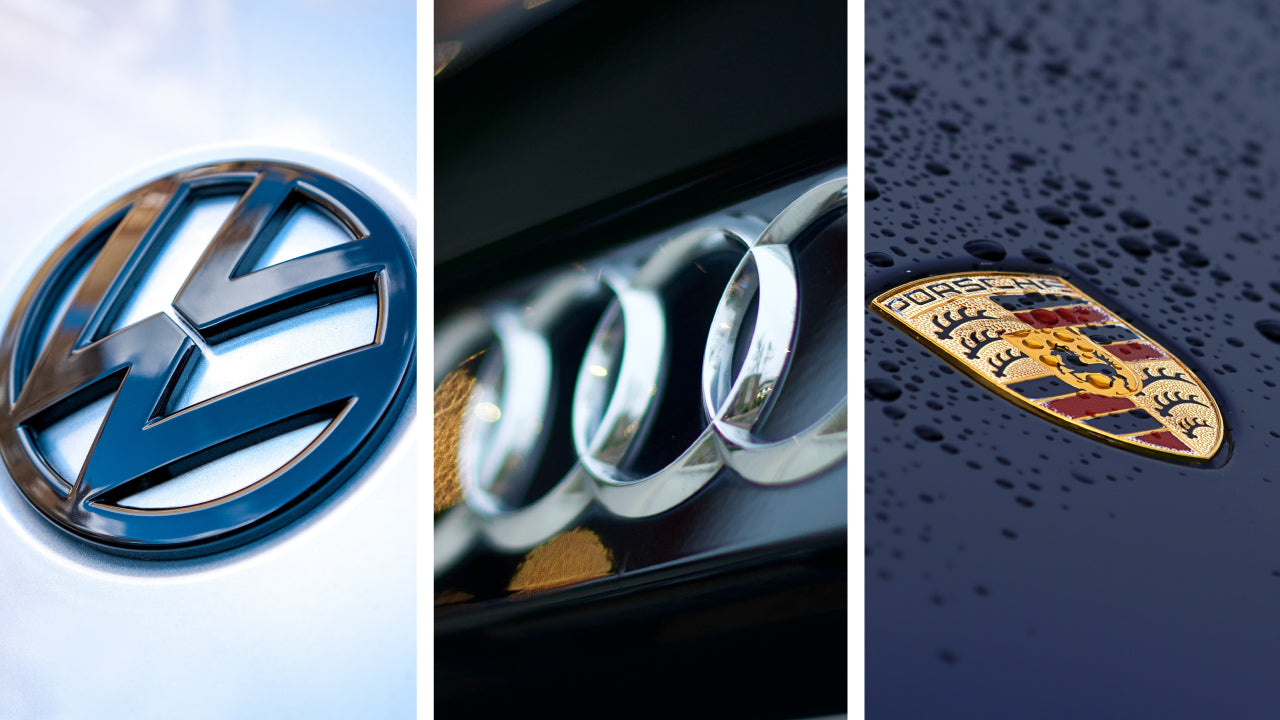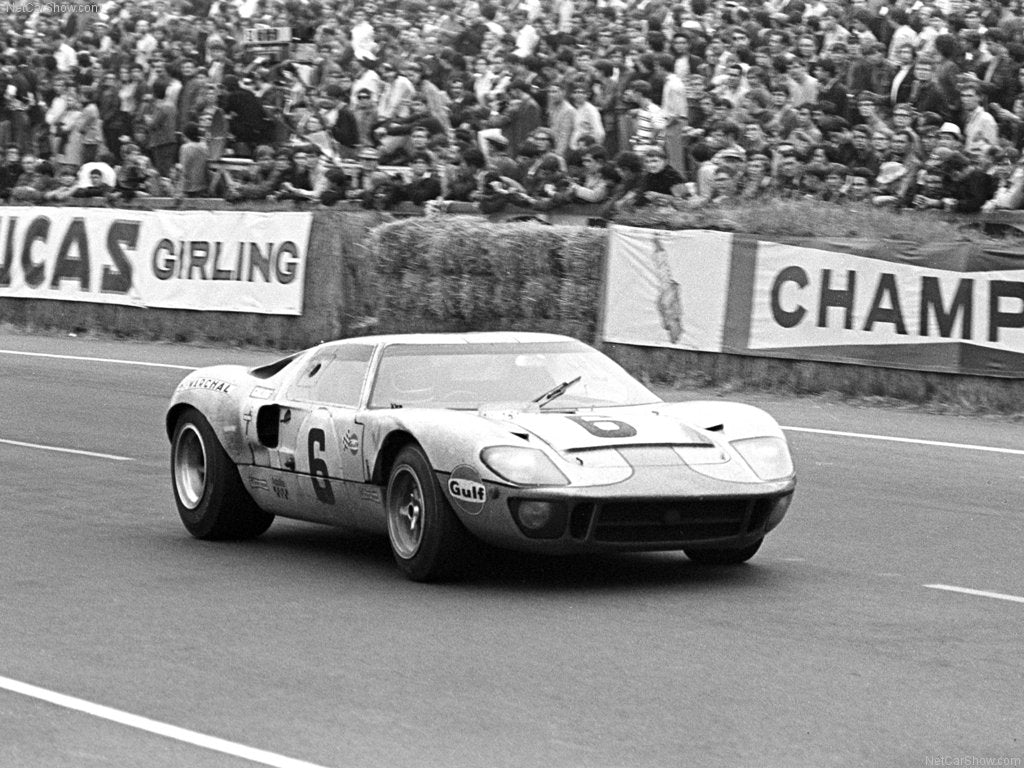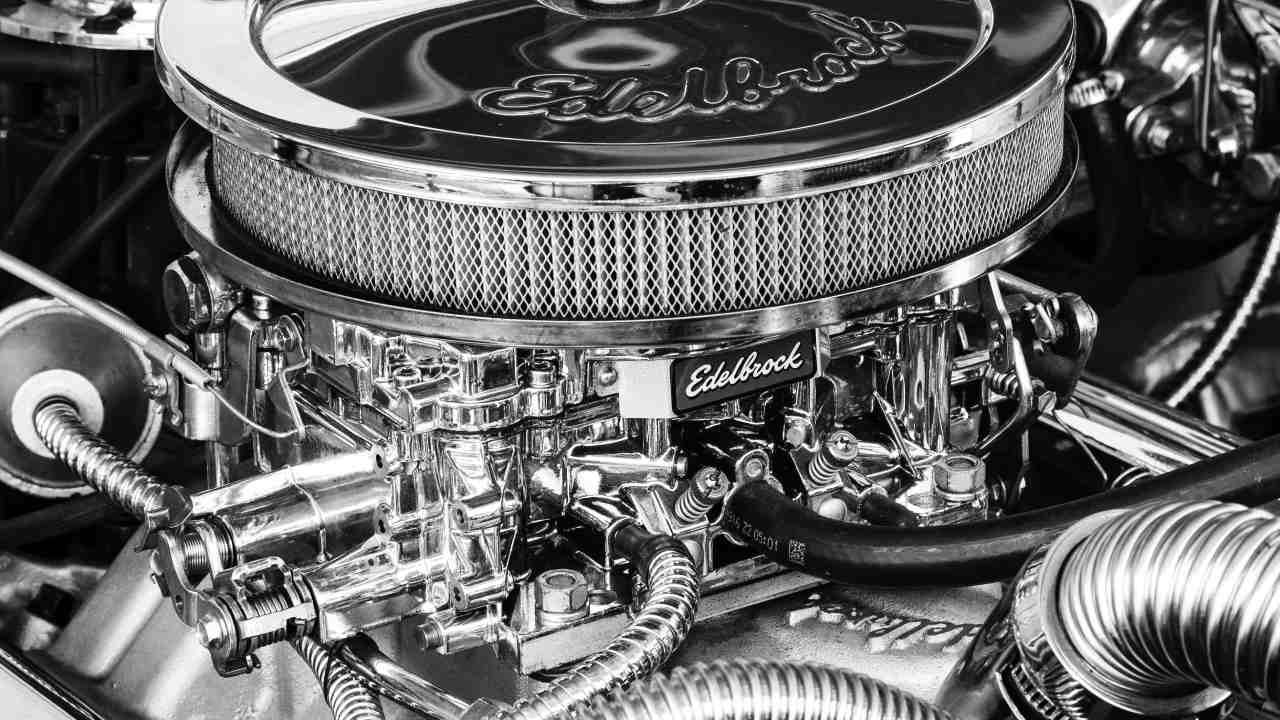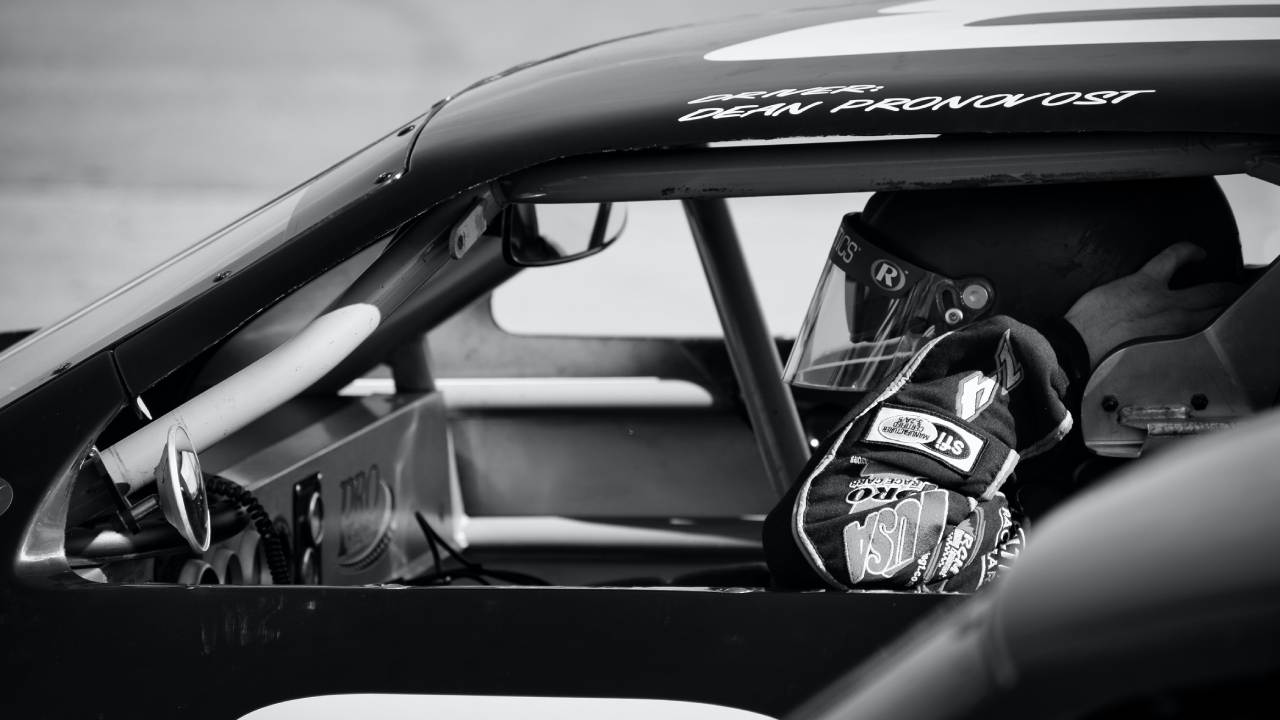Everything You Need to Know About Racing
Share
Car racing, a thrilling and adrenaline-pumping sport, captivates the hearts of enthusiasts worldwide. The roaring engines, the smell of burning rubber, and the intense competition create an exhilarating atmosphere. However, amidst the serious nature of car racing, there is also a lighter side that brings laughter and camaraderie among fans and participants alike.

When it comes to the world of racing, high-performance vehicles and skilled drivers take center stage. However, behind the scenes, there is also a crucial element that often goes unnoticed but plays a pivotal role in ensuring safety and maximizing performance: racing components and equipment.
From the wheels that grip the track to the gear that protects drivers, these elements are essential in the fast-paced and exhilarating world of racing.
Car racing has a truly global appeal, transcending boundaries and attracting fans from every corner of the globe. From the prestigious Formula 1 races that showcase the pinnacle of automotive engineering and driver talent, to the intense battles on dirt tracks in local stock car races, there is a diverse range of racing disciplines to suit every taste and preference.

In the world of car racing, drivers push the limits of human capability and machinery as they maneuver through challenging courses, battling for victory. The sport demands exceptional skill, split-second decision-making, and unwavering focus. The roar of engines, the smell of burning rubber, and the spectacle of high-performance vehicles competing head-to-head create an atmosphere that is nothing short of electrifying.
From the historic circuits like the iconic Monza or Le Mans to the street circuits that wind through the heart of major cities, racing tracks provide the canvas for this high-speed drama. These tracks have witnessed countless moments of triumph, heartbreak, and fierce rivalries, leaving an indelible mark on the sport's history.
Car racing's allure extends beyond the racetrack itself. It has permeated popular culture, inspiring films, documentaries, and video games that capture the essence of the sport's excitement and passion. It has become a global phenomenon, captivating fans who gather in the grandstands or tune in from their homes to witness the action-packed battles unfold.
History of Car Racing
Car racing has a rich and storied history that dates back to the late 19th century. It all began with the invention of the automobile, which sparked a desire to test the limits of these mechanical marvels. Over time, car racing evolved from informal contests on public roads to organized events held on purpose-built tracks with the oldest racing cars.

During the early 20th century, pioneering figures like James Gordon Bennett Jr., Camille Jenatzy, and Louis Chevrolet played pivotal roles in shaping the sport. The establishment of organizations such as the Automobile Club de France and the creation of iconic races like the Gordon Bennett Cup and the Vanderbilt Cup marked significant milestones in the history of car racing.

The 1930s and 1940s saw the rise of Grand Prix racing, but the races grind to a halt because of World War II. After the war had ended, automobile racing soon followed. In the year 1950, Formula One World Championship was established and it laid the foundation for the modern era of car racing. Legendary drivers like Juan Manuel Fangio, Ayrton Senna, and Michael Schumacher pushed the boundaries of speed and skill, captivating audiences worldwide.
What are the Types of Car Racing?
Car racing encompasses a wide range of disciplines, each with its own unique characteristics and fan following. Here are some of the most popular types of car racing:
- Formula 1 (F1): Formula 1 is the pinnacle of motorsport, featuring the fastest cars and the most talented drivers. These single-seater open-wheel race cars compete in a series of international events on circuits around the world. The Monaco Grand Prix, British Grand Prix, and Italian Grand Prix are among the most prestigious races on the F1 calendar.

- NASCAR: National Association for Stock Car Auto Racing (NASCAR) is a prominent form of racing in the United States. It involves heavily modified production cars competing on oval tracks. The Daytona 500, the Brickyard 400, and the Coca-Cola 600 are some of the iconic NASCAR races.

- Rally Racing: Rally racing is known for its off-road challenges and thrilling competition. Drivers navigate through diverse terrains, including dirt, gravel, and snow, in high-performance cars. The World Rally Championship (WRC) showcases the best rally drivers and includes renowned events like the Monte Carlo Rally and the Rally Finland.

- Endurance Racing: Endurance racing tests the durability and stamina of both drivers and cars. Events such as the 24 Hours of Le Mans and the Rolex 24 at Daytona require teams to compete for extended periods, often with multiple drivers taking turns behind the wheel.

- Drag Racing: Drag racing involves high-powered vehicles competing in straight-line acceleration contests. Drivers aim to cover a quarter-mile distance in the shortest time possible. Drag racing events often feature different categories, including Top Fuel and Funny Car.

- Touring Car Racing: Touring car racing features modified production cars competing in close-quarters battles on road courses. The British Touring Car Championship (BTCC) and the Deutsche Tourenwagen Masters (DTM) are popular touring car series.

- Kart Racing: Kart racing involves small, open-wheel vehicles known as go-karts competing on specially designed circuits. This grassroots form of racing is often a stepping stone for aspiring professional drivers.

- Drifting: Drifting is a style of racing where drivers intentionally slide their cars through corners, showcasing control and skill. It has gained popularity worldwide and has its own competitions, such as the Formula Drift series.

- Hill Climb Racing: Hill climb racing involves drivers racing against the clock to reach the top of a hill or mountain as quickly as possible. These events test the acceleration, power, and traction of the vehicles on steep and challenging terrains.

- Autocross: Autocross is a precision driving sport that takes place on closed courses, typically in large parking lots. Drivers navigate through a series of cones, aiming for the fastest time without hitting any obstacles.

- Time Attack: Time Attack events challenge drivers to set the fastest lap time around a racetrack. It focuses on individual performance and allows drivers to push their cars to the limit in pursuit of the quickest lap.

- Off-Road Racing: Off-road racing takes place on challenging terrains, including deserts, forests, and rough terrain. Events like the Dakar Rally and the Baja 1000 are renowned for their demanding conditions and showcase the skill and endurance of drivers and their vehicles.

These are just a few examples of the diverse range of car racing disciplines that exist today. Each discipline offers its own unique thrills and challenges, attracting passionate fans and showcasing the talents of exceptional drivers.
What are the Cars of Car Racing?
Car racing wouldn't be possible without the specialized race cars that are purpose-built for each racing discipline. These high-performance machines undergo meticulous engineering and design to deliver exceptional speed, handling, and aerodynamics. Let's take a closer look at the cars used in various racing disciplines:
Formula 1 Cars
Formula 1 cars are the epitome of automotive engineering excellence. These single-seater open-wheel cars are lightweight and aerodynamically designed for maximum downforce and speed. They feature powerful engines, advanced suspension systems, and cutting-edge technology to optimize performance.
NASCAR Stock Cars
NASCAR stock cars are derived from production vehicles, but they are heavily modified for racing. These powerful machines feature robust engines, high-performance suspension systems, and aerodynamic modifications to enhance speed and stability on oval tracks.
Rally Cars
Rally cars are built to withstand the rigors of off-road racing. They are equipped with specialized features like robust suspensions, all-wheel drive systems, and reinforced chassis to handle diverse terrains. These cars often have turbocharged engines for quick acceleration.
Endurance Racing Cars
Endurance racing cars prioritize durability, fuel efficiency, and driver comfort. These purpose-built machines incorporate advanced aerodynamics, hybrid powertrains, and complex cooling systems to endure long hours of racing while maintaining high performance.
GT Cars
GT (Grand Touring) cars are high-performance cars derived from production models. They are used in GT racing series like the FIA World Endurance Championship (WEC) and the IMSA WeatherTech SportsCar Championship.
Prototype Cars
Prototype cars are purpose-built racing cars used in endurance racing, including the Le Mans Prototype (LMP) classes. They are known for their advanced technology, aerodynamics, and speed.

Hypercars
Hypercars are the epitome of automotive engineering and performance. These elite vehicles push the boundaries of speed, technology, and design, offering an unparalleled driving experience.
Drag Racing Cars
Drag racing cars are designed for straight-line acceleration. These vehicles have powerful engines, aerodynamic bodies, and slick tires to achieve mind-blowing speeds in a short distance.

Touring Cars
Touring cars are modified production cars used in touring car racing series like the British Touring Car Championship (BTCC) and the Deutsche Tourenwagen Masters (DTM). These cars undergo aerodynamic enhancements, suspension upgrades, and engine modifications for better handling and performance.
Sports Cars
Sports cars are high-performance vehicles designed for endurance races like the 24 Hours of Le Mans and the Rolex 24 at Daytona. They emphasize speed, agility, and reliability.
Drift Cars
Drift cars are modified vehicles used in drift racing, where drivers intentionally slide their cars through corners. They are typically rear-wheel drive and have modified suspension and tires for controlled slides.
Karting Cars
Karting cars, or go-karts, are small, open-wheel vehicles used in kart racing. They are low to the ground and offer a platform for drivers to learn and hone their racing skills.
Off-Road Trucks
Off-road trucks are rugged vehicles used in off-road racing events such as the Dakar Rally and Baja 1000. They are built to withstand rough terrains and feature powerful engines and heavy-duty suspension systems.
Racing Tracks and Circuits
Racing tracks and circuits provide the stage for exhilarating car racing action. Here are some of the famous tracks around the world:
Circuit de Monaco
The Circuit de Monaco is one of the most iconic and challenging tracks in Formula 1. Located in the streets of Monte Carlo, it features tight corners, elevation changes, and narrow roads, testing the skills of drivers to the limit.
Nürburgring Nordschleife
The Nürburgring Nordschleife, also known as the Green Hell, is a legendary track in Germany that’s known for its demanding and unforgiving nature. With over 20 kilometers of twists, turns, and elevation changes, it is considered one of the most challenging and feared tracks in the world.
Indianapolis Motor Speedway
The Indianapolis Motor Speedway or the Brickyard is renowned for hosting the Indianapolis 500, one of the most prestigious races in the world. Its iconic oval shape and long straights provide thrilling high-speed action and intense battles.
Circuit of the Americas
Located in Austin, Texas, the Circuit of the Americas (COTA) is a modern track that hosts Formula 1 races. Its challenging layout combines high-speed sections, technical corners, and significant elevation changes, offering a diverse and exciting racing experience.
Le Mans Circuit de la Sarthe
The Le Mans Circuit de la Sarthe in France is synonymous with endurance racing. It hosts the famous 24 Hours of Le Mans, where drivers and teams battle for an entire day, navigating a combination of public roads and a dedicated circuit.
Watkins Glen International
Watkins Glen International is a famous racetrack located in Watkins Glen, New York, United States. It has a rich history in motorsports and has hosted various racing series, including NASCAR, Formula 1, IMSA, and IndyCar. The track features fast, sweeping corners and is known for its scenic surroundings.
Sonoma Raceway
Sonoma Raceway, formerly known as Sears Point Raceway, is a multi-purpose motorsport facility located in Sonoma, California, United States. It is a road course track that has hosted several prestigious events, including NASCAR Cup Series races and IndyCar races. The track's layout features elevation changes and challenging corners.
Sebring International Raceway
Sebring International Raceway is a historic racetrack located in Sebring, Florida, United States. It is famous for hosting the renowned 12 Hours of Sebring endurance race, which is part of the WeatherTech SportsCar Championship. The track has a combination of fast straights and challenging turns, making it a demanding circuit for drivers.
Willow Springs International Raceway
Willow Springs International Raceway is a popular racetrack located in Rosamond, California, United States. It is one of the oldest and most iconic racetracks in the country, offering multiple configurations, including the challenging "Big Willow" circuit. Willow Springs has hosted various motorsport events and is known for its high-speed sections and technical corners.
WeatherTech Raceway Laguna Seca
WeatherTech Raceway Laguna Seca, commonly referred to as Laguna Seca, is a world-renowned racetrack located in Monterey, California, United States. It is known for its iconic Corkscrew turn, a downhill, blind corner that challenges drivers' skill and bravery. Laguna Seca has hosted numerous racing series, including MotoGP and IMSA.
These racing venues have significant historical and cultural importance in the world of motorsports, attracting both professional racers and enthusiastic spectators. Each track offers its own unique characteristics and challenges, making them popular destinations for thrilling races and unforgettable experiences.

The Humor in Car Racing
Car racing jokes have a special flavor that tickles the funny bone of racing enthusiasts. They often incorporate elements that are unique to the world of car racing, creating a sense of familiarity and shared experiences among fans. Here are some factors that contribute to the humor of car racing jokes:
- Relatable Situations: Car racing jokes often revolve around situations that racers and fans can relate to, such as the thrill of high-speed turns, the frustrations of pit stops, or the rivalries between drivers. By tapping into these common experiences, the jokes strike a chord with those who understand the racing culture.
- Wordplay and Double Meanings: Car racing jokes often make clever use of wordplay, puns, or double entendres related to racing terminology. By twisting words and phrases associated with racing, these jokes add a layer of wit and amusement. The play on words can range from humorous driver names to witty references to car parts and track conditions.
- Absurd Scenarios: Car racing jokes sometimes rely on absurd or exaggerated scenarios that highlight the inherent risks and challenges of the sport. These jokes take the extreme nature of racing to comedic heights, often with exaggerated accidents, over-the-top race strategies, or humorous depictions of rivalries between drivers and teams.
- Parodies and Stereotypes: Car racing jokes occasionally draw inspiration from popular stereotypes or parodies associated with the racing world. They playfully poke fun at different aspects of the sport, including the passionate fans, eccentric team owners, or the glamorous and sometimes over-the-top lifestyle of racers.
By intertwining these elements, car racing jokes create a delightful connection between the specific scenarios of car racing and the unexpected punchlines, bringing joy and laughter to both seasoned fans and casual observers.
Racing Equipment for Drivers
Safety is paramount in car racing, and drivers rely on specialized racing equipment to protect themselves during high-speed competitions. Here are some essential racing gear and equipment used by drivers:
- Fire-Resistant Racing Suits: Fire-resistant racing suits are designed to protect drivers from fire and heat in case of an accident. These suits are made from multiple layers of fire-resistant materials, such as Nomex, which provide insulation and help prevent burns.
- Racing Gloves: Racing gloves offer enhanced grip and protection for drivers' hands. They are typically made from fire-resistant materials and feature padded palms to reduce vibration and improve steering control.

- Racing Boots: Racing boots are designed to provide ankle support and protection. They feature fire-resistant materials, reinforced soles, and excellent grip to ensure drivers have optimal control over the pedals.
- Fire-Resistant Underwear: Underneath the racing suit, drivers wear fire-resistant underwear, including long-sleeve tops and pants. This additional layer of protection helps further reduce the risk of burns in the event of a fire.
- Neck Braces: Neck braces, also known as head and neck restraints, are crucial safety devices that reduce the risk of neck and spinal injuries. They restrict excessive head movement during impact and provide support to the head and neck.
- Safety Harnesses: Racing harnesses secure drivers tightly to their seats, preventing excessive movement during high-speed maneuvers or accidents. These multi-point harnesses distribute the impact forces across the body, reducing the risk of injuries.
Racing Helmets
One of the most important pieces of safety equipment for a racing driver is the helmet.

Racing helmets are specially designed to protect the head from impact and provide crucial safety features. Here's why racing helmets are vital:
- Head Protection: Racing helmets are constructed with a hard outer shell made from lightweight materials such as carbon fiber or fiberglass. This shell is designed to absorb and distribute impact forces, reducing the risk of head injuries.
- Chin Straps: Racing helmets feature chin straps that secure the helmet to the driver's head, preventing it from coming off during an accident. These straps are adjustable to ensure a secure and comfortable fit.
- Tear-Offs: Tear-offs are thin, transparent layers that can be placed over the helmet's visor. They provide drivers with clear visibility and can be quickly removed to reveal a fresh, clear surface, allowing drivers to maintain focus without distractions.
- Ventilation Systems: Racing helmets incorporate ventilation systems to help regulate airflow and prevent fogging. Proper ventilation keeps drivers cool and ensures clear vision throughout the race.
- HANS Device Compatibility: Many racing helmets are designed to be compatible with the Head and Neck Support (HANS) device. The HANS device connects the helmet to the driver's shoulder harness, reducing the risk of neck and spinal injuries during accidents.
Racing helmets undergo rigorous testing and meet stringent safety standards to ensure optimal protection for drivers. They are an essential piece of equipment that every racing driver should wear to minimize the risk of head injuries and enhance overall safety on the track.
Unleash the Full Potential of Your Vehicle with Pedal Commander®
Are you ready to experience an exhilarating driving experience like never before? Look no further than Pedal Commander®, the ultimate solution to enhance your vehicle's throttle response and take control of your driving performance.

Imagine having instant, precise control over your accelerator pedal, allowing you to unleash the full potential of your car or truck. With Pedal Commander®, you can say goodbye to frustrating delays and lag when you step on the gas. Whether you're a racing enthusiast craving that extra burst of speed or simply seeking a more responsive and engaging driving experience, Pedal Commander® has got you covered.




